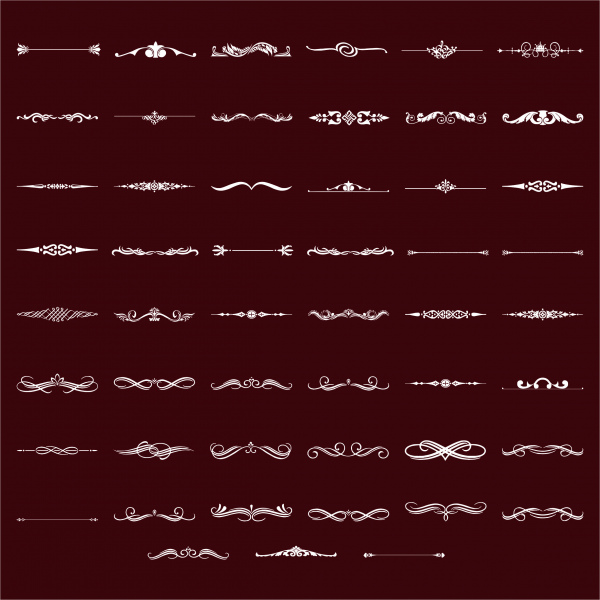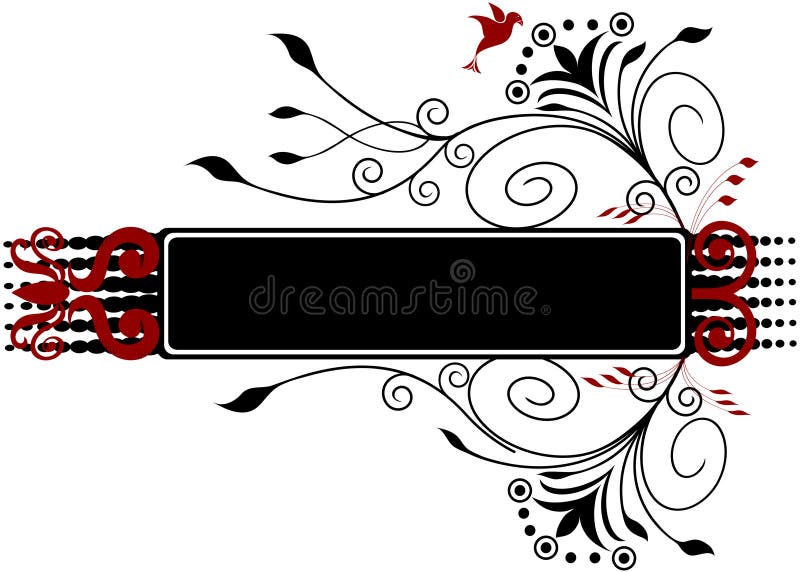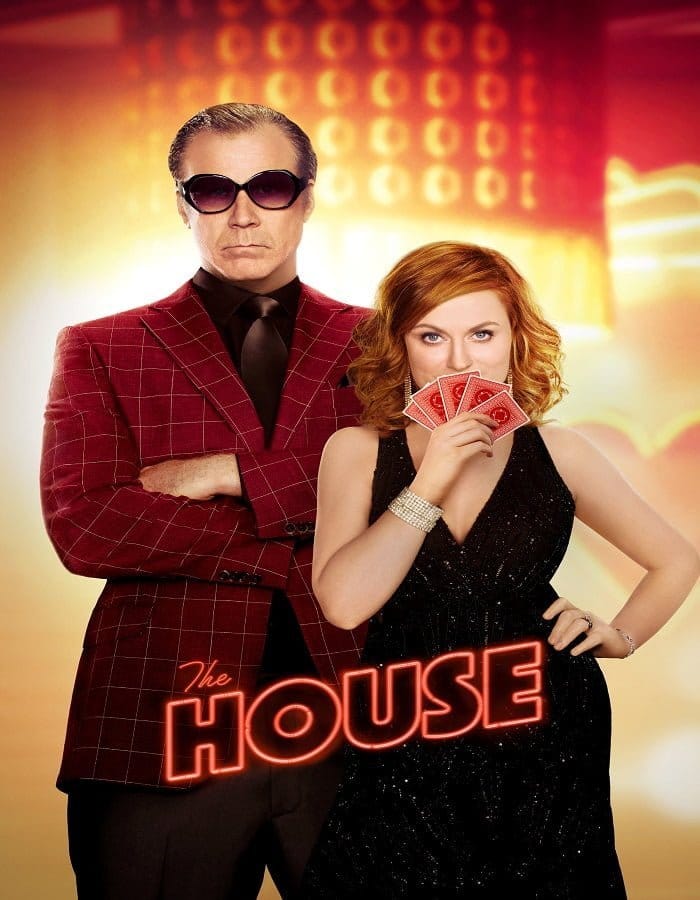Table Of Content

Depending on the type or shade, you can use colors to emphasize elements or evoke certain feelings. Choosing the right colors is crucial when you’re trying to tell a story with your design. Of course, we can’t actually feel the texture of a digital design, however, just by looking at it we can experience the feeling. It breathes realism and visual value into the objects used in your design and can give them a 3D effect. So, what are the main elements that you need to know before starting to work on your blank canvas? Check out these seven basic elements of design that can take your work to another level.
SIZE AND SCALE
Gestalt Principles include similarity, continuation, closure, proximity, figure/ground, and symmetry & order (also called prägnanz). Some of those principles are closely related to the principles mentioned above. Unity can also reveal symbolism to the viewer, creating a subjective experience that is unique to the viewer. The direction of the road bending around the mountains in the distance leads the eye towards the sunset. This painting of these flowers is a perfect example of symmetrical balance, where everything is a mirror reflection from left to right. The darkness of the trees and shadows on the tractor emphasize a dark and mysterious atmosphere.
Why Are Design Elements Important?
While subtle variations suit professional material, dramatic variations favor creative ventures. The most basic element is ‘line’ as it adds sequence to your design. In graphic design, a line is considered as any two connected points. They are very useful to draw the viewer’s attention to a specific area. Lines have direction, they can be seen or not and can assist to guide the eye to a certain area of a web page. While tiny lines are the contrary, bold and broad lines can catch the eye.
Home Design Elements That Stand the Test of Time - ARCHITECT Magazine
Home Design Elements That Stand the Test of Time.
Posted: Fri, 12 Jan 2024 19:02:56 GMT [source]
Architecture-Inspired Details Enhance The Experience
Negative space in a design, also called white space, is space that has no design elements (other than possibly a background color or subtle pattern or texture). Without variety, a design can very quickly become monotonous, causing the user to lose interest. Variety can be created in a variety of ways, through color, typography, images, shapes, and virtually any other design element.
This particular principle refers to the order and organization between and among the elements. When elements are aligned, they create a visual connection with each other that communicates a story. In a previous post, we discussed Visual Communication as an effective tool in conveying the company message and corporate mission.
Elements of Design: Understanding the 7 Elements of Design
Scale affects your entire composition and can have a big impact on meaning and tone. Use scale to tell a story and create a hierarchy to direct the eyes and take viewers on a visual journey. Use texture to create a focal point, contrast, or help with balance. Replicate a natural environment through texture to craft a more three-dimensional appearance. The red, green, blue (RGB) combo is the best choice for digital designs.

Negative space makes the elements stand out and makes them easier for the spectator to recognize. Value in design describes how bright or dark a color is when it appears in a composition or design. A gradient, which shows a range of hue variations sorted from brightest to darkest, is a common way to illustrate color values. Many also believe that form is a shape that acquires three-dimensional values, but the correct term is volume. I'm a design writer, mentor, and entrepreneur leading Laura Keung Studio, currently based in Munich, Germany. With 12 years of experience in the design industry, I lead my own design studio and collaborate with other creatives on branding and editorial design projects.
Simplify content creation and brand management for your team
Visually speaking, a layout needs space to achieve a level of clarity within the design. Negative space is a very important element to consider as you are designing a piece. Form and shape are mutually dependent because changing one would affect the other.
That was a bit of a whistle-stop tour through the seven (or eight) elements of design. There’s so much potential to be found within these fundamental “building blocks”, as you’ll discover on your journey through graphic design. To find out more about working with the elements and principles of design, explore graphic designer Paula Scher’s BBC Maestro course, Graphic Design. She takes us through her design process, step-by-step, showing us all the elements and principles involved, using real-life examples. The elements of design are the building blocks of design that work together to form all of the objects around us. These include line, shape or form, value, color, texture and space.
To construct color schemes, designers use the color wheel and the principles of color theory. This design element is fundamental to design balance, and it plays a crucial role in creating stunning graphics. The strategic use of color influences visual balance in graphic design.
Disregarding these principles of design should be done with caution, and only after you have a thorough understanding of them and the purposes they serve. This article, for example, uses repetition in the format of the headings. Each design principle is formatted the same as the others in this section, signaling to readers that they’re all of equal importance and that they’re all related. Hierarchy is another principle of design that directly relates to how well content can be processed by people using a website. The most important elements (or content) should appear to be the most important.

No comments:
Post a Comment